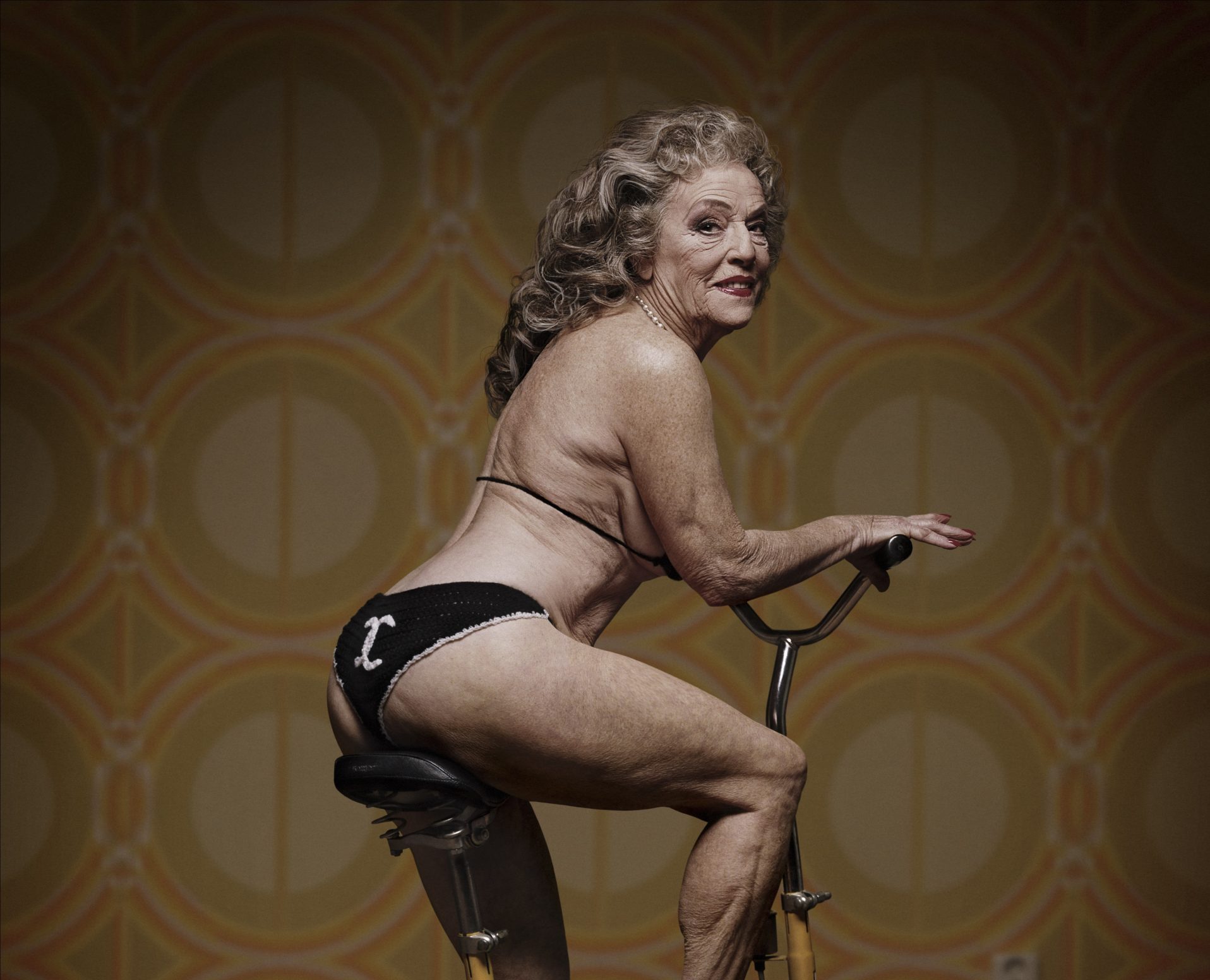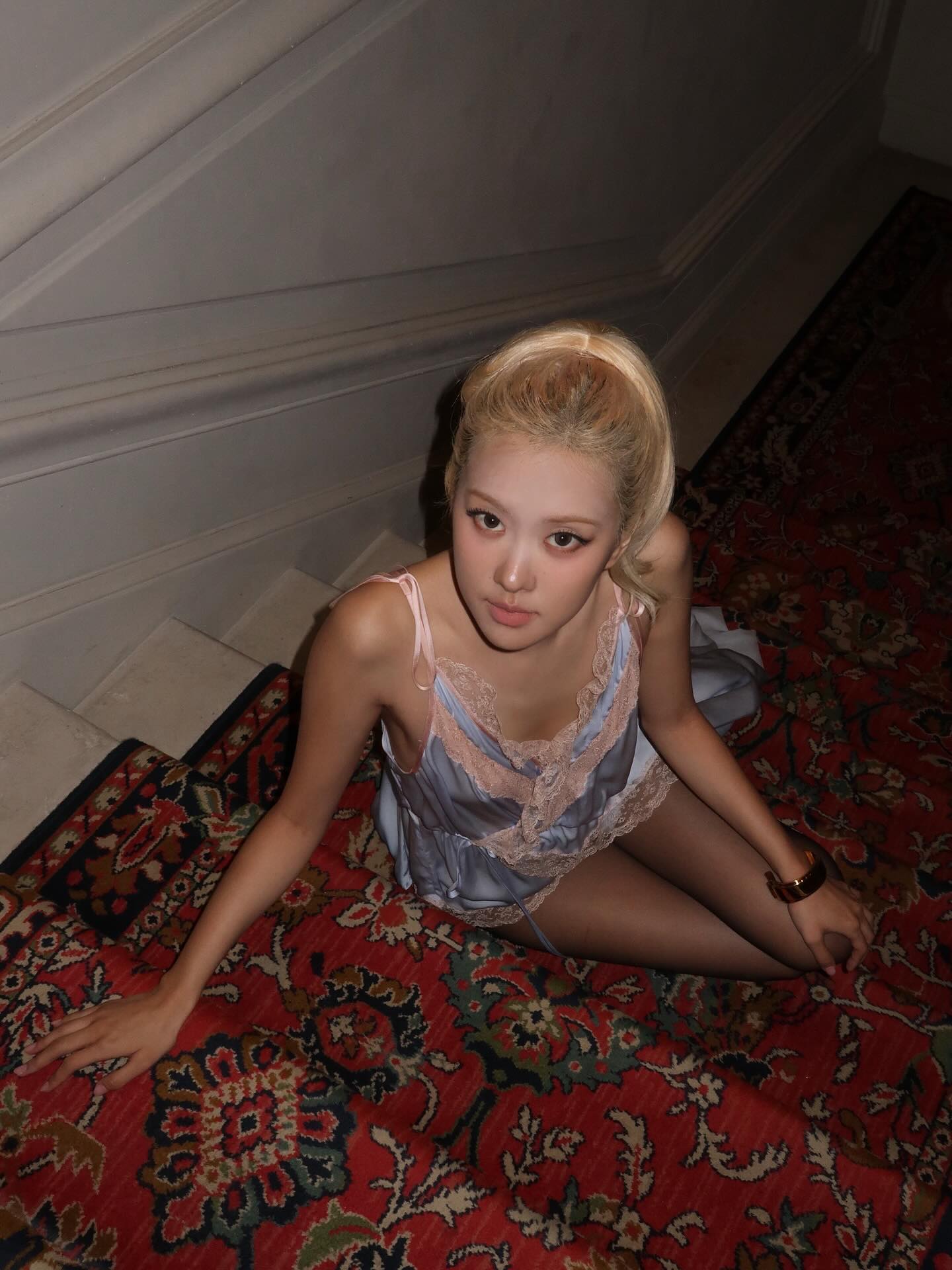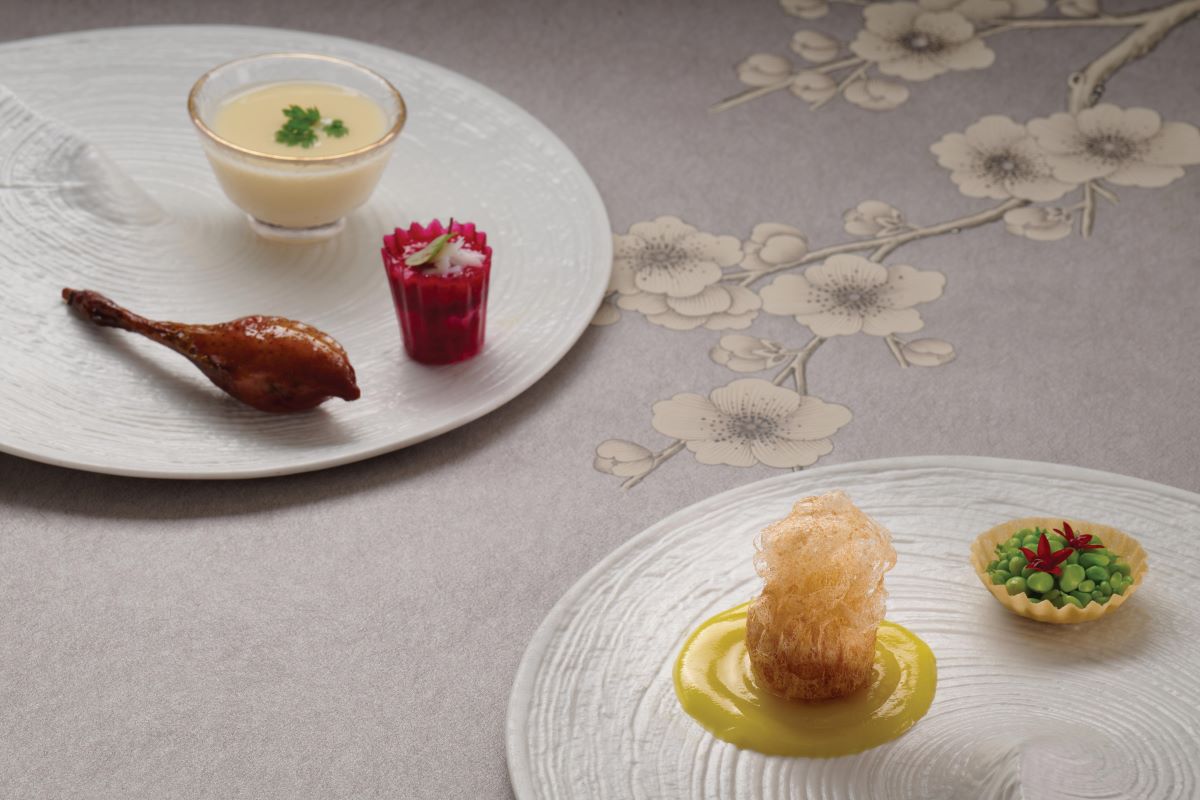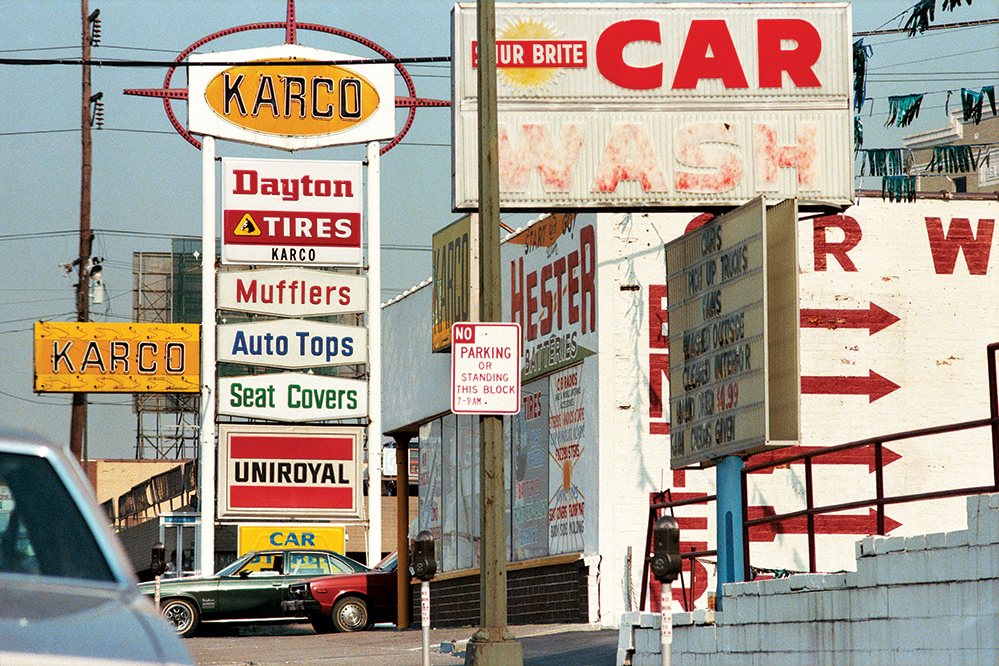
Two days before I speak to American photographer William Eggleston, I find his name listed on the cover of The New York Times T magazine. The tagline reads The Greats. The pictures of him dressed in inimitably spiffy and bespoke style, sporting a cigarette, are taken by fine-art photographer Wolfgang Tillmans.
#legend has been warned that conversations with Eggleston can turn out to be something of a crapshoot. Julia Joern, partner at David Zwirner gallery New York says Eggleston may be monosyllabic and prone to launching into long anecdotes about Bob Dylan. We decide to go for broke.
What better place to start than how Eggleston, aesthetic perfectionist to a degree that must render him a control freak, found the experience of being shot by Tillmans, himself no slouch with a lens. “I found him very pleasant to be around but it’s not much fun for me. It is something of an ordeal,” says Eggleston from Room 417 of The Bowery Hotel.
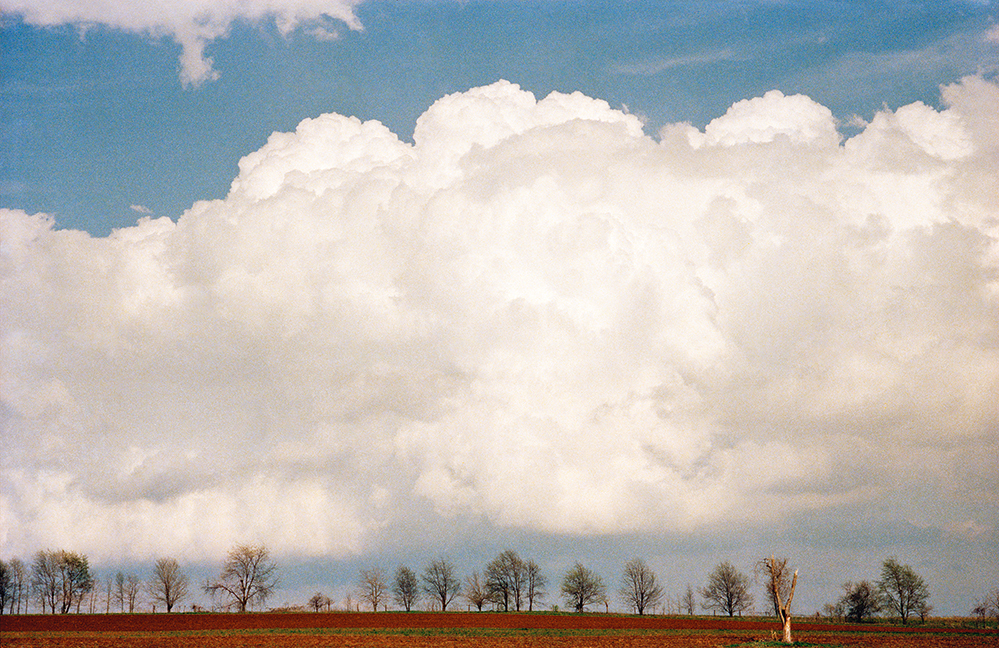
Eggleston’s career spans almost six decades and so revered is he that he has been referred to as the father of the colour photograph. His work is considered fluid and beguiling, with a style that is often referred to as pictorial. He deftly combines ordinary or even banal subject matter with an innate and sophisticated understanding of colour, form and composition.
“I am at war with the obvious,” Eggleston says. The 77 year old’s “democratic” photographs transform the commonplace into distinctive, poetic images, in which there is no hierarchy of subject matter or, as Eggleston says, “no particular subject is more or less important than another”. He doesn’t discuss his work at length, believing words can’t do justice to pictures and vice versa.
Along the way, his photography has unwittingly become the portfolio to contemporary American culture or, as I put it to him, the mood board to the road trip in Vladimir Nabokov’s Lolita. “I think you’re right. He’s one of my favourite, favourite artists and we met years ago in Switzerland. He was living at the spa my wife and I visited. We had a few conversations. He was a brilliant man to be around.”

Something Nabokov might have felt in return I say, which sparks further remembrances. “I have no idea what he felt,” says Eggleston. “But he certainly had an exquisite command of English. It was so surprising to me that a Russian like Vladimir Nabokov found himself at home writing such an intense work about America as Lolita. When he was invited to American universities to teach, he would prefer to live in the house of some faculty members that were away on vacation and he would be just like a Sherlock Holmes, picking up on everything, every little detail and reconstructing their lives. Lolita is a perfect example of that. They even made a movie of it with Humbert played by James Mason.”
He doesn’t know the version made latterly with Jeremy Irons in the lead role, so I ask how well he thinks Stanley Kubrick’s film depicted the novel. I draw a typically forthright response. “Compared to the book, it was Hollywood trash,” he says. “That’s my private opinion. But also, don’t forget, I’m comparing that to the great book. There is no comparison. Maybe Lolita is not prone to being interpreted by Hollywood. It would be some other kind of film-making people. I don’t know exactly who.” Then he does something he continues to do throughout conversation, seek affirmation. “I’ve rarely heard anyone but myself mention that. Do you agree?”
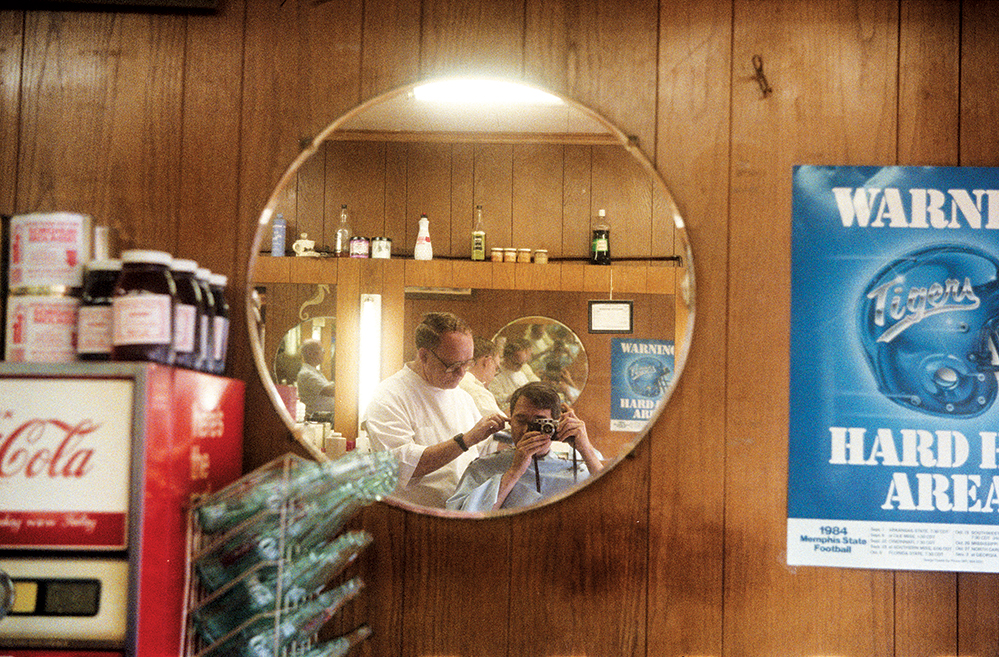
Eggleston’s work has generated a high level following of luminous celebrity collectors and admirers. Former Talking Heads and REM frontmen, David Byrne and Michael Stipe, along with U2 drummer Adam Clayton, buy his work. Clayton recently flew to Memphis specifically to interview and write about Eggleston for GQ magazine in London. Sofia Coppola’s a fan, as is Marc Jacobs, and the Internet phenom turned actress, 20-year-old Tavi Gevinson. She uses a selection of Eggleston’s photographs on the Rookie website and magazine. And photographers from Juergen Teller – with whom Eggleston toured Teller’s native Bavaria to take photographs but “we never took out our cameras”, Teller said later – to Alex Prager and Philip-Lorca diCorcia have all been influenced by Eggleston’s manner. “So many people take these simple snapshots of life, but there’s something about Eggleston that no one can match,” Coppola wrote in an introduction to one of many books on Eggleston.
The National Portrait Gallery in London exhibited his work through the summer, just as David Zwirner in New York opened Selected Works from the Democratic Forest at his 537 West 20th Street gallery. The show runs until December 17 and provides the historical context for a monumental body of work, while offering newcomers a foothold in Eggleston’s photographic practice.
Eggleston says he photographs “life today” and the subjects of these often untitled works are unidentified.
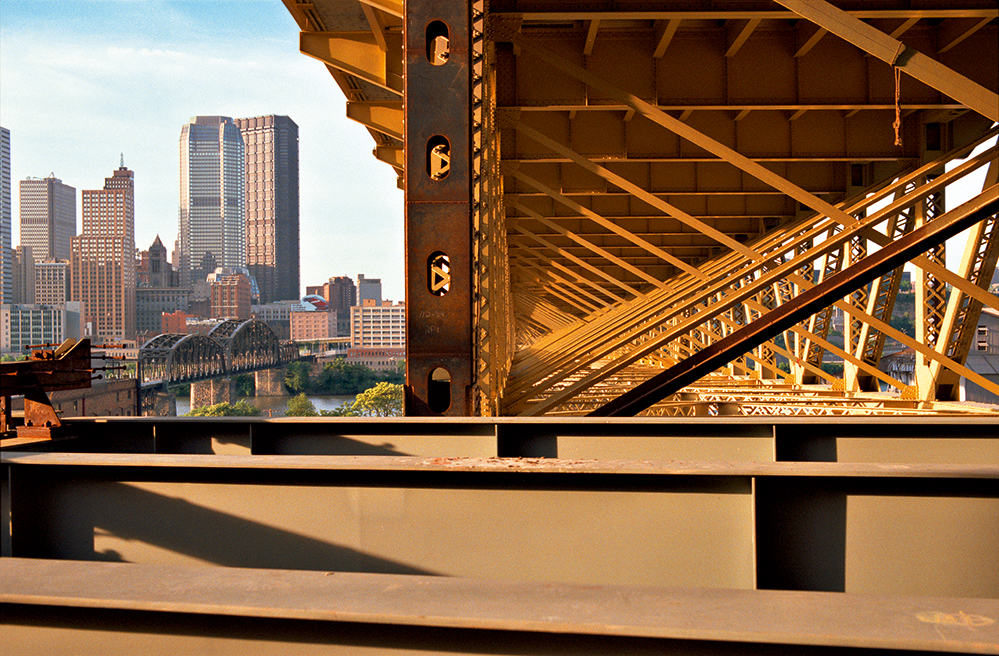
“I only take one picture of one thing. Not two,” he says, because “that’s not what photography’s about”. Eggleston, master of composition, is a one-shot wonder. He points. He shoots. There is no doubt.
Eggleston was born into a wealthy family, on a cotton plantation, in 1939. He continues to live and work in Memphis, near his birthplace. He obtained his first camera in 1957 and was later profoundly influenced by Henri Cartier-Bresson’s The Decisive Moment. Eggleston met Cartier-Bresson long enough for the latter to pass on this pearl of photographic wisdom: “William, colour is bullshit”. Eggleston introduced dye-transfer printing, a previously commercial photographic process only used in fashion and advertising, into the making of his prints.
And his moment happened in 1976. William Eggleston’s Guide at the Museum of Modern Art in New York was a milestone in the art world, described by The New York Times as “the most hated exhibition of the year”. Writers and critics in New York had established that black and white photography was art photography and “when they saw very carefully orchestrated colour photography, they just didn’t get it,” says Eggleston, who questioned the validity of both art curators and writers at the time. “I absolutely believed that what I put up at MoMA was modern art. But they were in the wrong jobs. What they were writing about was not a bit modern. It was the past. Does that make sense?”
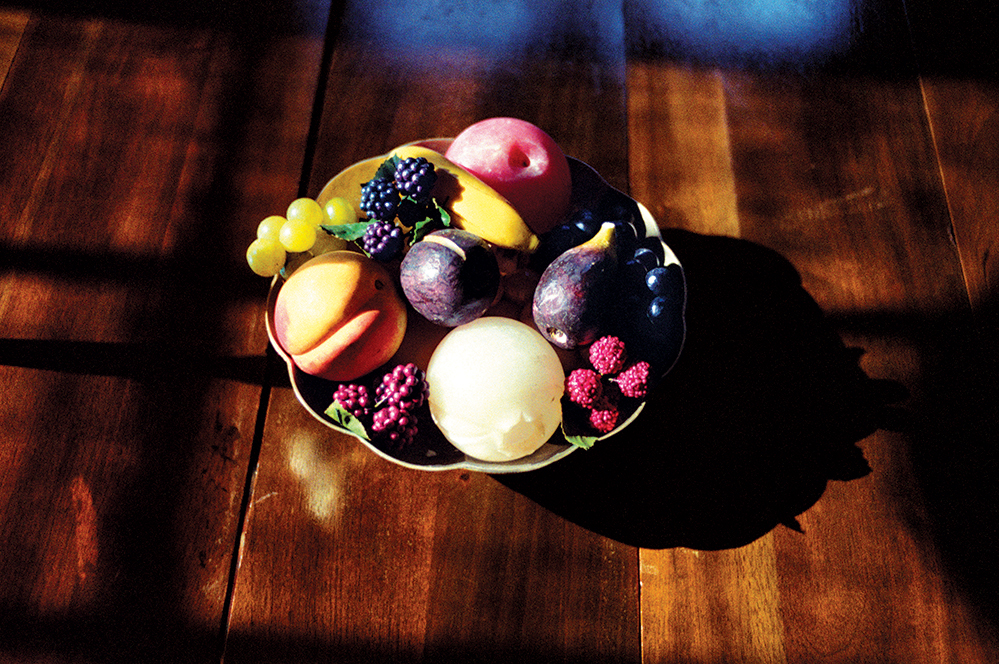
I tell Eggleston it’s when I look at the work of someone like Teller one can detect how long it has taken photography to catch up with his visual prescience. “That is so true,” he says. “That’s also a matter of looking really intensely and, in general, people are not prepared to do that, except, one can look at old black and white photos like Ansel Adams and get it right away because there’s not much to get. I am not a bit fond of Adams’ works, as you can probably tell.” The feeling was mutual. Adams expressed dismay that Eggleston’s images were hanging on the walls at MoMA in 1976. “If we had met, I would simply have had to say that: ‘I really hate your work.’ ”
I tell Eggleston I’m more the generation of David Byrne from Talking Heads, who also happens to be a very good friend of the photographer’s. Thirty years ago Eggleston documented the making of Byrne’s film True Stories. “Can I mention something about David?” he says. “He has a wonderful new book out. Its title is How Music Works and it spans from the earliest music in Ancient Egypt and Ancient Greece, all the way to the most popular music of today. It’s a very dense book because it spans so much time, and everything he has to say when it comes to music is what an advanced scholar in that field would say. May I put it that way? He’s a great hero of mine,” he says.
Eggleston plays the classics, most notably Bach, Beethoven, Brahms and Stravinsky. But what about pop music. What’s his favourite Talking Heads’ song? “There are so many. What if we were to use Psycho Killer as an example?”

Many people describe Eggleston’s photographs as looking like stills from a David Lynch film, another friend.
I ask if there were to be a film of Eggleston’s life who would play him? “I’ve no idea. Next time I see David Lynch, which may be very soon indeed, I intend to ask him. ‘Hello David, I’d like your advice. Who should play me in a film?’ Frankly, now you mention it, I wish he would make the film.”
For someone who’s not a fashion photographer, I tell Eggleston his work feels fashion-y. “I feel the same way, privately, between us. I think it really is that modern. It could be considered fashion in itself. It’s a matter of elegance.”
Does he know Gevinson, a woman who has chosen Eggleston’s work to capture her own mindset at various stages of her young life. “Who is she? I don’t know her personally. What does she look like?” He Googles her and he’s curious. “I’m very sorry that I don’t know her work. It sounds like I should very much meet her.”
And then, as fragmental as his works, significant, monumental and explicit, he’s back to Nabokov. “Do you know already that he was a collector and connoisseur of butterflies,” he says. I tell him I had no idea. “Nabokov discovered several species of butterflies that are named after him and no one knew about them. It took us years to discover these things. I love butterflies, they make you feel good just being around one.”
Much like Eggleston’s work. Perhaps Nabokov didn’t need the Hollywood treatment so much as he needed the Eggleston treatment. “I was hoping you just might say that. Thank you. I agree.”



